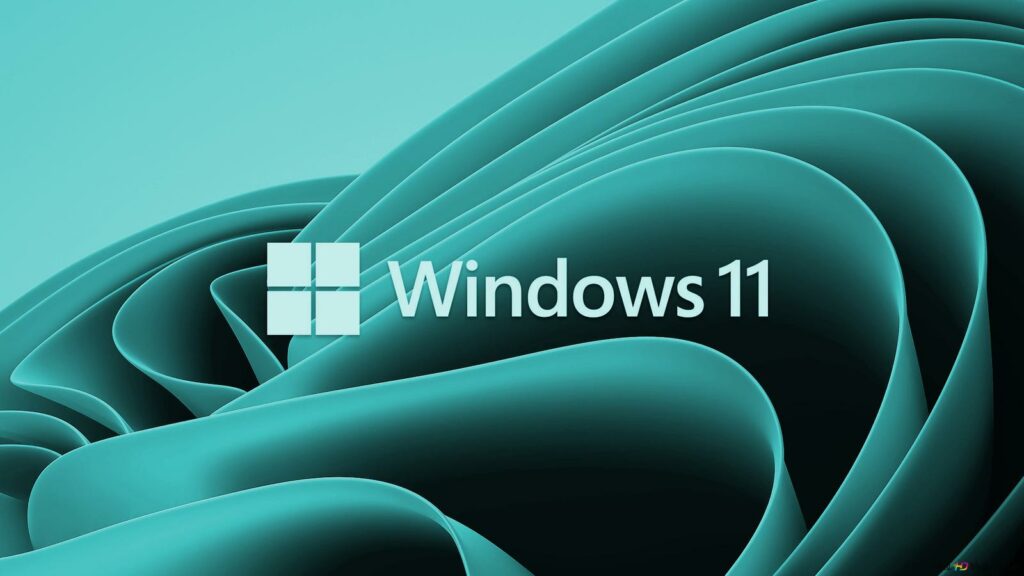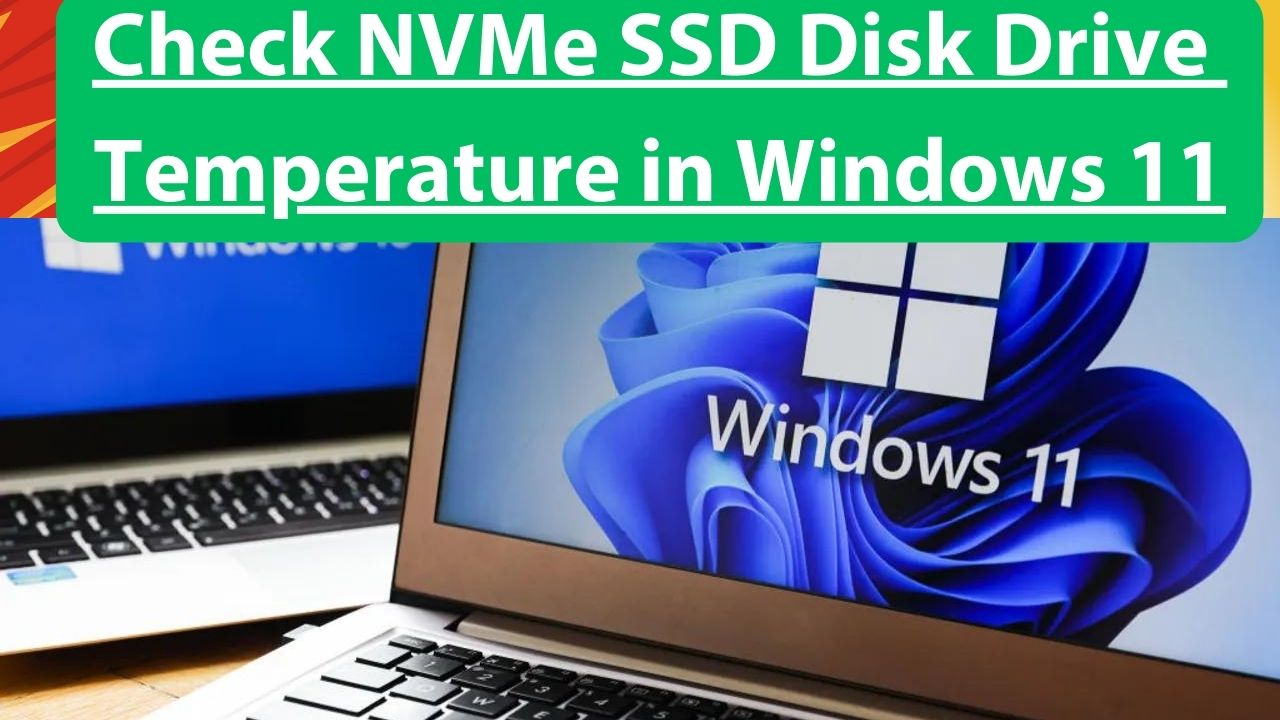Keeping your NVMe SSD (Non-Volatile Memory Express Solid State Drive) at optimal temperatures is crucial for maintaining its performance, longevity, and overall health. Overheating can lead to reduced speed, data corruption, and even drive failure. In this comprehensive tutorial, we’ll guide you through the various methods to check NVMe SSD disk drive temperature in Windows 11, ensuring your system runs smoothly and efficiently.
Table of Contents
- Why Monitor NVMe SSD Temperature?
- Method 1: Using Windows 11 Task Manager
- Method 2: Using Third-Party Software
- Method 3: Using BIOS/UEFI
- Tips to Keep Your NVMe SSD Cool
- Conclusion
- Frequently Asked Questions
Why Monitor NVMe SSD Temperature?

Monitoring the temperature of your NVMe SSD is essential for several reasons:
- Performance Optimization: High temperatures can throttle your SSD’s performance to prevent overheating.
- Longevity: Consistently high temperatures can shorten the lifespan of your SSD.
- Data Integrity: Overheating can lead to data corruption and loss.
- System Stability: Prevent unexpected shutdowns or crashes caused by thermal issues.
By regularly checking your SSD’s temperature, you can take proactive measures to maintain optimal operating conditions.
Also Read- How To Enable Or Disable Administrator Protection For Admin Approval Mode In Windows 11
Method 1: Using Windows 11 Task Manager
Windows 11 Task Manager offers a basic overview of your system’s performance, including storage device temperatures if supported by your hardware.
- Open Task Manager:
- Press
Ctrl + Shift + Escto launch Task Manager. - Alternatively, right-click the Start button and select Task Manager.
- Press
- Navigate to the Performance Tab:
- Click on the Performance tab.
- Select Disk from the left sidebar to view disk performance metrics.
- Check Temperature (If Available):
- Some NVMe SSDs and their drivers support temperature monitoring directly in Task Manager.
- If available, you’ll see the temperature displayed alongside other disk information.
Note: This feature depends on your SSD manufacturer and the drivers installed. If temperature isn’t displayed, consider using third-party software.
Also Read- How To Change Game Installation Options In Microsoft Store And Xbox App on Windows 11
Method 2: Using Third-Party Software
For more detailed and reliable temperature monitoring, third-party applications are recommended. Here are some of the best tools available:
CrystalDiskInfo
CrystalDiskInfo is a free, user-friendly tool that provides comprehensive information about your SSD, including temperature.
- Download and Install:
- Visit the CrystalDiskInfo website and download the latest version.
- Install the application following the on-screen instructions.
- Launch CrystalDiskInfo:
- Open the application to view detailed information about all connected drives.
- Check SSD Temperature:
- Locate your NVMe SSD in the list.
- The temperature is displayed prominently under the Temperature column.
HWMonitor
HWMonitor is a powerful hardware monitoring tool that tracks various system temperatures, including your NVMe SSD.
- Download and Install:
- Visit the HWMonitor website and download the free version.
- Install and launch the application.
- View Temperature Details:
- Navigate to the Sensors section.
- Find your NVMe SSD listed among the storage devices.
- The temperature is displayed alongside other sensor data.
Samsung Magician (for Samsung SSDs)
If you own a Samsung NVMe SSD, Samsung Magician offers specialized features for monitoring and optimizing your drive.
- Download and Install:
- Visit the Samsung Magician website and download the software.
- Install and open the application.
- Check SSD Temperature:
- Select your Samsung NVMe SSD from the list.
- The temperature is displayed under the Drive Details section.
Note: Samsung Magician is specifically designed for Samsung SSDs and may not support other brands.
Method 3: Using BIOS/UEFI
Accessing your system’s BIOS or UEFI can provide temperature information for various hardware components, including NVMe SSDs.
- Restart Your Computer:
- Save all work and restart your PC.
- Enter BIOS/UEFI:
- During the boot process, press the designated key (commonly
F2,Delete, orEsc) to enter BIOS/UEFI settings.
- During the boot process, press the designated key (commonly
- Navigate to Hardware Monitoring:
- Look for sections like Hardware Monitor, System Health, or PC Health Status.
- Find your NVMe SSD listed among the components.
- Check Temperature:
- The temperature will be displayed alongside other hardware metrics.
Note: The availability of SSD temperature readings in BIOS/UEFI varies based on motherboard and SSD compatibility.
Also Read- How To Enable Or Disable Fullscreen Optimizations For Games In Windows 11
Tips to Keep Your NVMe SSD Cool
Maintaining optimal SSD temperatures can extend its lifespan and ensure consistent performance. Here are some tips to keep your NVMe SSD cool:
- Ensure Proper Airflow:
- Make sure your PC case has adequate ventilation.
- Use additional case fans if necessary to improve airflow around the SSD.
- Use Heatsinks:
- Install an NVMe SSD heatsink to dissipate heat more effectively.
- Many high-performance motherboards offer dedicated heatsink solutions for NVMe slots.
- Avoid Overloading:
- Limit intensive tasks that constantly read/write to the SSD.
- Ensure your system isn’t overheating, as this can indirectly affect SSD temperatures.
- Monitor Regularly:
- Keep an eye on your SSD’s temperature using the methods outlined above.
- Address any temperature spikes promptly to prevent potential damage.
Conclusion
Monitoring the temperature of your NVMe SSD in Windows 11 is essential for maintaining optimal performance and extending the drive’s lifespan. Whether you use built-in tools like Task Manager, reliable third-party software such as CrystalDiskInfo or HWMonitor, or access BIOS/UEFI settings, keeping track of your SSD’s temperature is straightforward and highly beneficial. Additionally, implementing cooling strategies ensures your NVMe SSD remains efficient and reliable, safeguarding your data and enhancing your overall computing experience.
Stay Proactive: Regularly check your NVMe SSD’s temperature and follow best practices to keep it cool. This proactive approach will help you avoid potential issues and ensure your system runs smoothly for years to come.

































